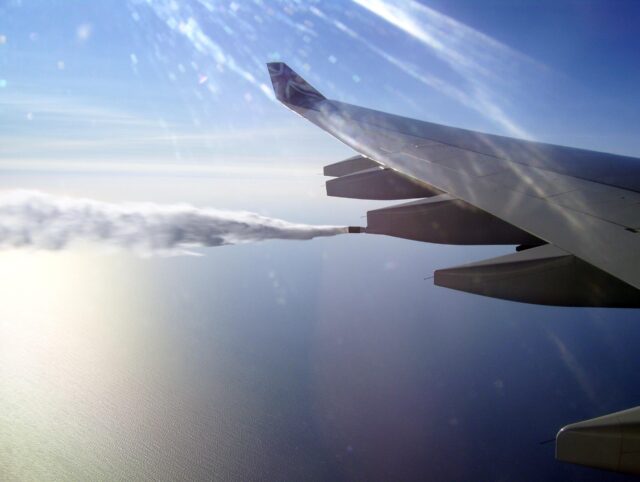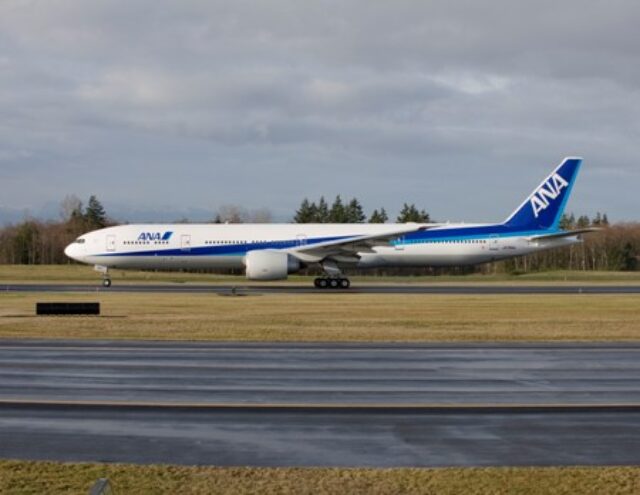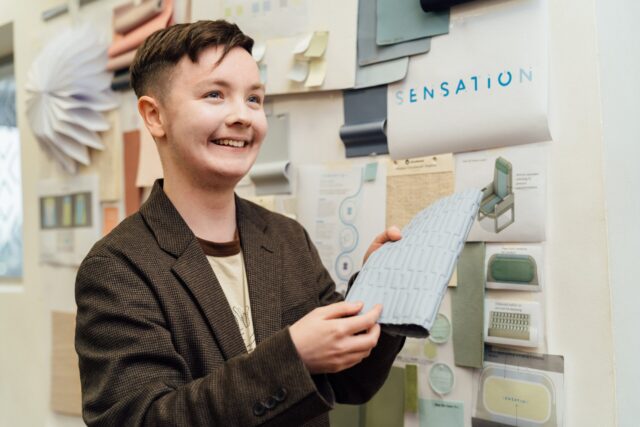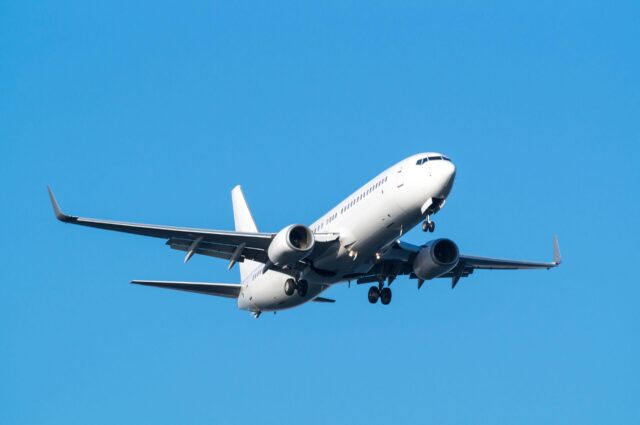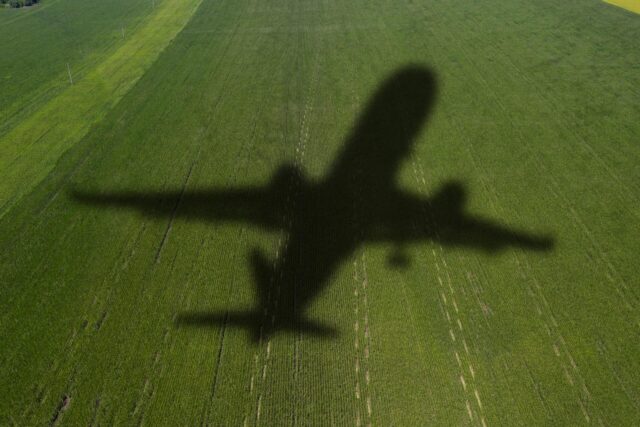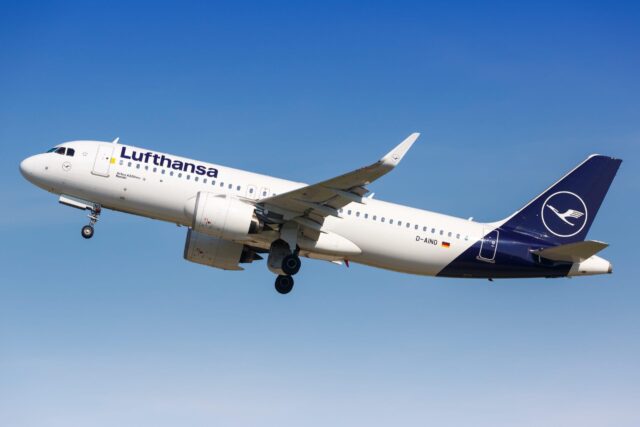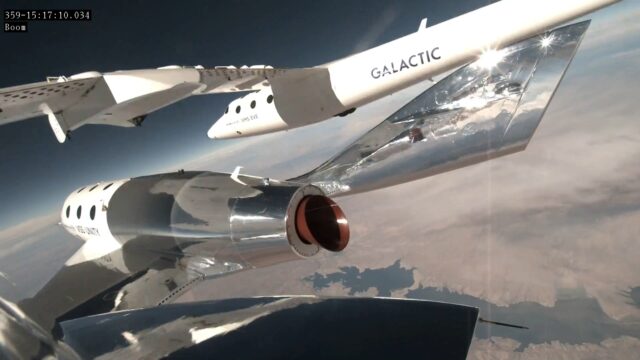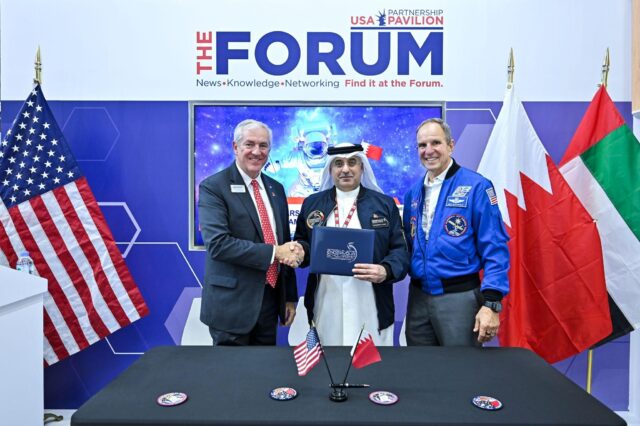Skydweller Aero’s solar-powered UAS completes flight test campaign

October 3, 2024

Having completed the world’s first successful autonomous flight of a solar-powered aircraft in April, Skydweller Aero has marked another milestone in its quest to achieve perpetual flight, with a series of uncrewed test flights.
After Skydweller Aero’s initial plans for a multi-day flight were foiled by Hurricane Helene, the manufacturer successfully completed its flight test campaign for its Skydweller Unmanned Aerial System (UAS) at the end of September. Powered by solar energy, the aircraft delivers zero carbon emissions with ultra-quiet operations.
Launched from the company’s base at Stennis International Airport in Kiln, Mississippi, the all carbon fibre aircraft’s longest flight test lasted 22.5 hours. Describing the flight test campaign as an “important achievement that marks a new era in aviation”, Robert Miller, CEO and co-founder of Skydweller Aero, also noted that the company is “redefining what is possible in the aerospace industry, with the data gathered validating models for multi-day flights.”
The successful test campaign demonstrates the feasibility of remaining airborne for weeks and even months using solar energy and batteries. It also demonstrated the uncrewed operation of the aircraft’s fully autonomous systems and beyond-line-of-sight operations and communication .
With a wingspan greater than a 747 and weighing similar to a Ford F-150, Skydweller’s UAS is intended to be used for ultra-long duration missions with heavy payloads. Its use cases could include providing exclusive economic zone enforcement, monitoring naval activity and detecting drug smugglers and pirates at sea.
Barry Matsumori, president and chief operating officer at Skydweller Aero, added: ““We have accomplished a major milestone toward demonstrating the feasibility of perpetual flight by leveraging the trillions of dollars in global research and development investment in solar energy, battery storage, and the handing and manufacturing of extremely strong, ultra lightweight carbon fibre assemblies. As these subsystems improve, we will continue to leverage them for the benefit of our customers.”


